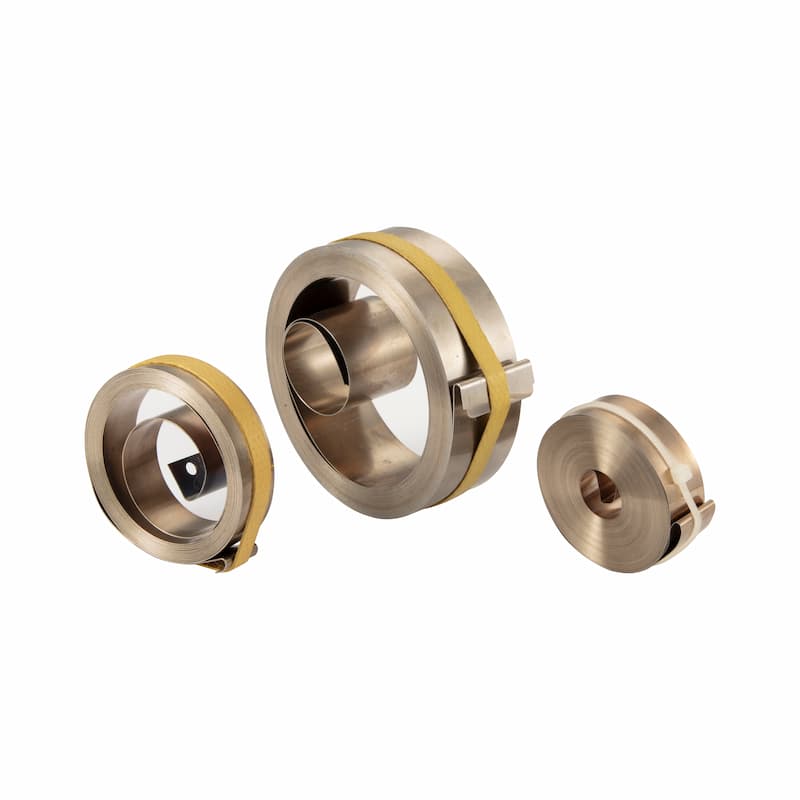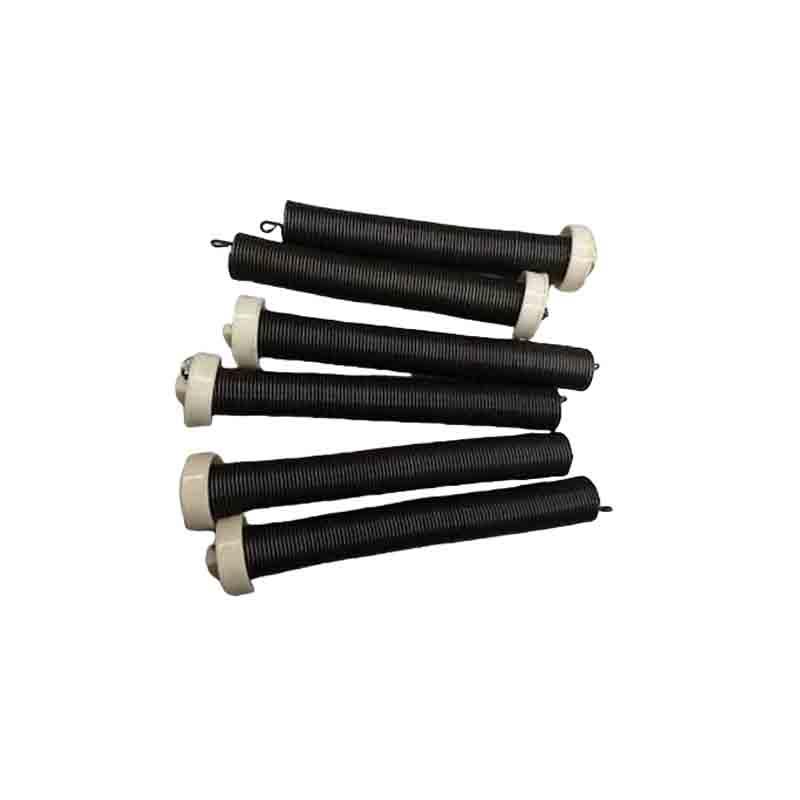 |
VS |  |
Variable force springs and wire springs are two different types of springs with distinct differences in design, function and application:
Design:
Variable Force Springs: Also known as non-linear springs, their force does not vary linearly with displacement, meaning that there may be a curvilinear relationship between spring force and displacement. This design allows the spring to provide different forces at different positions and is suitable for applications that require variable resistance over a specific range, such as various types of cordless manual shades. Examples include various cordless manual roller blinds, zebra blinds, and Shangri-La blinds.
Wire Springs: Also known as coil springs or regular springs, they are usually coiled linearly around an axis. The force of a wire spring is proportional to the displacement and is the simplest type of spring with a linear stress-strain relationship.
Function:
Variable Force Springs: Depending on the design, they can provide different force-displacement characteristics, including soft start/soft stop characteristics, vibration damping or shock absorption, and other non-linear characteristics.
A variable force spring is like a "smart" rubber band that adjusts the amount of resistance it gives you depending on how much you stretch it. This characteristic makes it ideal for use in applications where different levels of force are required in different situations.
Linear Springs: Provide a linear force-displacement relationship and are typically used for support, balancing, and cushioning, and are commonly found in door hinges, shock absorbers, and mechanical suspension systems.
Applications:
Variable Force Springs: Widely used where complex force-displacement characteristics are required, e.g., force limiters in mechanical equipment, valve damping systems, force control for special tools, etc.
Wire formed springs: very widely used, almost all occasions where elastic force is required can use wire formed springs, such as automobile suspensions, mattresses, chairs, door hinges, etc.
Manufacturing Materials:
Both types of springs can be manufactured using a variety of materials including, but not limited to, steel, stainless steel, aluminum, copper, plastic, etc., although variable force springs may require specific alloys to meet their non-linear characteristics.
Performance Characteristics:
Variable Force Springs: provide finer control and adaptability due to their specialized force-displacement curves.
Adjustability: A variable force spring can be designed to provide different forces in extension or compression as needed, much like a rubber band provides different forces at different lengths of stretch.
Adaptability: It can be adapted to different conditions of use, for example, in some mechanical systems, it may be necessary to provide a smaller force at the beginning and gradually increase the force as the movement proceeds, variable force springs can do this.
Shock absorption: In some situations where shock absorption or vibration reduction is required, variable force springs can be designed to provide greater resistance when impacted, helping to absorb and slow down the impact force.
Non-linear: Instead of a straight line, the relationship between its force and displacement is a curved line, which means it can adjust its performance to provide finer control.
Overall, a variable force spring is like a "smart" spring that automatically adjusts its force according to the situation, providing the most appropriate force in different usage scenarios to help equipment or mechanical systems work better.
Wire springs: relatively single function.
Our cordless manual roller shades spring system is the application of this latest power spring, so that the roller shade can play a random push hovering state, will not slide and rebound, the cost is lower.